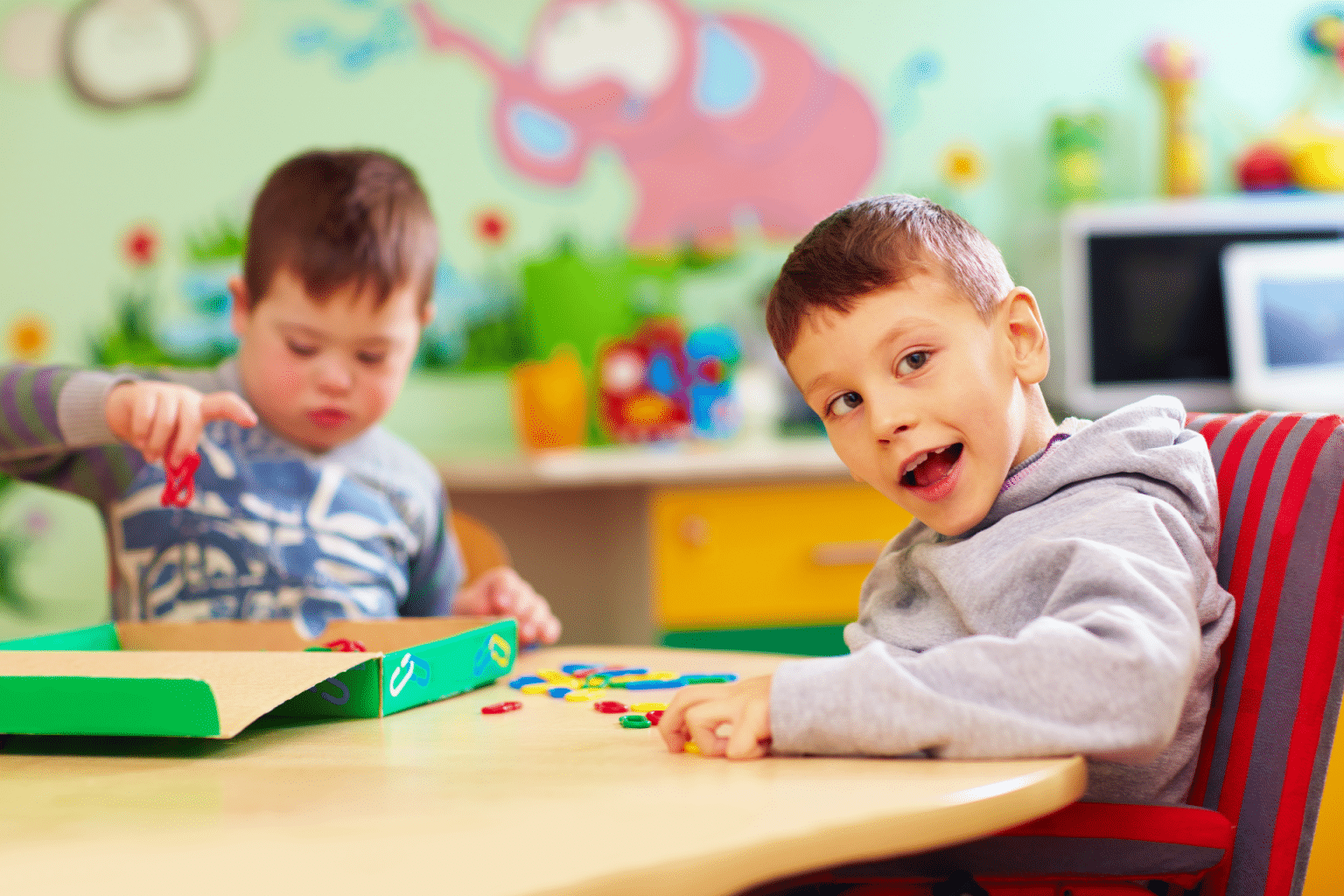Encouraging children to be active is a great idea. Research shows that activity can greatly benefit kids’ physical and mental health, but when your child has physical disabilities, meeting that ask can be tricky.
Ask an expert
We asked Amy McPherson, PhD, Scientist in the Bloorview Research Institute at the Holland Bloorview Kids Rehabilitation Hospital, for tips.
Children with physical disabilities can experience barriers to being active. Some physical disabilities also bring nutrition challenges which raise the risk of a child becoming overweight. But this is by no means inevitable! Being proactive and focusing on the prevention of weight issues is a great approach.
Are there any physical activities your child is already doing? What do they enjoy most about those activities? Understanding what is meaningful and enjoyable to your child will help identify activities that will make (and keep) him motivated.
McPherson suggests that you also consider the environment in which your child feels most comfortable being active. Some kids with disabilities feel more comfortable with other children who have similar abilities. Others want to be included in activities alongside people with all abilities.
You could talk to your child’s teacher to see how gym class activities can be adapted to make sure your child is included. Plus, get outside and explore your community. Your local parks and recreation department and/or Children’s Treatment Centre can help you locate programs and provide advice on safe exercising. Physical activity goals can be reached at home as well—active video games can really get the blood pumping, if the games are vigorous enough.
Keep nutrition in mind
Nutrition likewise plays an important role in your child’s weight. Encouraging kids to try a new healthy food for a set time can spark an interest in healthy eating and build curiosity in healthy foods. Involve them in decision-making to increase their feelings of control and independence.
With our busy lives, making time for physical activity and nutrition can be challenging, but making it a priority where possible and keeping your child active can go a long way to ensuring life-long health.
Originally published in ParentsCanada magazine, May 2015.











